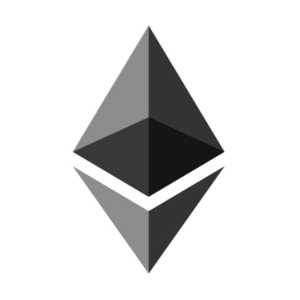$LLY $NVO $GNRC
#GoldmanSachs #WeightLoss #USGrowth #Ozempic #GLP1 #Healthcare #Economy #Stocks #Pharma #Investing #Obesity #Innovation
A recent report from a Goldman Sachs economist suggests that GLP-1 weight-loss drugs, such as Novo Nordisk’s Ozempic, could be instrumental in driving future US economic growth. These drugs have been gaining significant traction due to their effectiveness in treating obesity and related health conditions. Obesity is a growing global health issue, contributing to several major chronic illnesses, including diabetes and cardiovascular disease, which collectively weigh heavily on healthcare systems and labor productivity. Economists are now speculating that widespread use of such treatments could alleviate some of these burdens, potentially creating ripple effects across various sectors of the economy, especially in healthcare and workforce efficiency.
Goldman Sachs’ analysis implies that reducing obesity levels among working-age populations can enhance labor market outcomes, as healthier individuals typically report higher productivity and lower absenteeism. Furthermore, the economic savings generated by lowering obesity-related healthcare costs could provide a substantial lift to GDP. Chronic illnesses, often linked to obesity, constitute a considerable portion of annual healthcare expenses. Reduced instances of serious health conditions would decrease Medicaid and Medicare outlays, while freeing up consumer income – income that could potentially be redirected toward other spending categories, fostering overall economic activity. Against this backdrop, the application of drugs like Ozempic may not only serve individuals on a microeconomic level but also resonate deeply through the wider macroeconomic landscape.
The growing adoption of GLP-1 receptor agonists, spearheaded by pharmaceutical giants like Novo Nordisk and Eli Lilly, has subsequently attracted Wall Street’s attention. Both companies have experienced strong gains in their stock prices, reflecting investor optimism about the long-term potential of weight-loss drugs. For instance, Novo Nordisk ($NVO) and Eli Lilly ($LLY) have seen a sizable uptick in sales, as demand for their GLP-1 therapies extends well beyond diabetes treatment into general-purpose weight loss. Moreover, the expanding global obesity crisis is likely to sustain demand for such treatments, providing a durable revenue source that could continue strengthening their balance sheets and stock performance.
While the burgeoning influence of weight-loss drugs presents distinct opportunities, there are also risks and caveats investors must be mindful of. Regulatory scrutiny surrounding new pharmaceuticals, potential side effects, and high treatment costs could all restrain long-term growth. Additionally, supply chain challenges or competition from emerging biotech companies working on alternative solutions could pose threats. However, if these hurdles can be managed, Goldman Sachs’ forecast could prove insightful, with investments in the healthcare and pharmaceutical sectors offering potentially substantial returns in the coming years. The bet on GLP-1 drugs is more than just a health innovation; it may become a significant driver of economic growth as healthier populations contribute to a more productive and cost-efficient workforce.






Comments are closed.